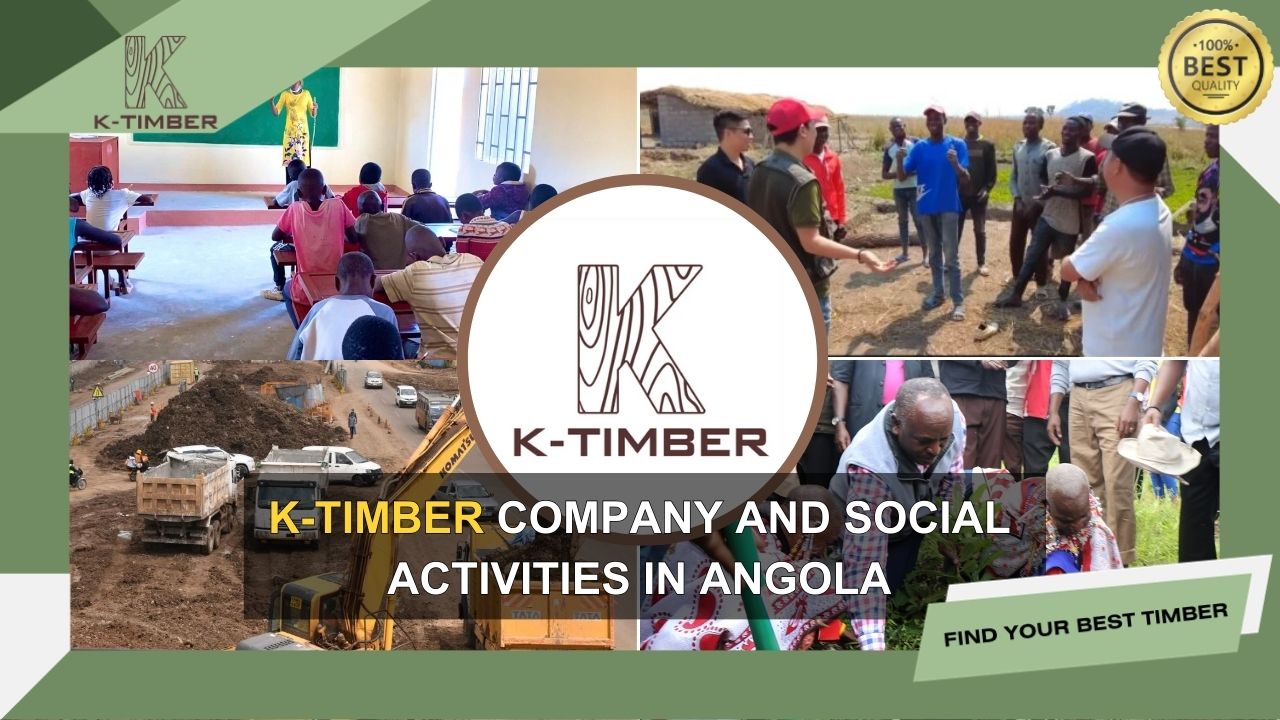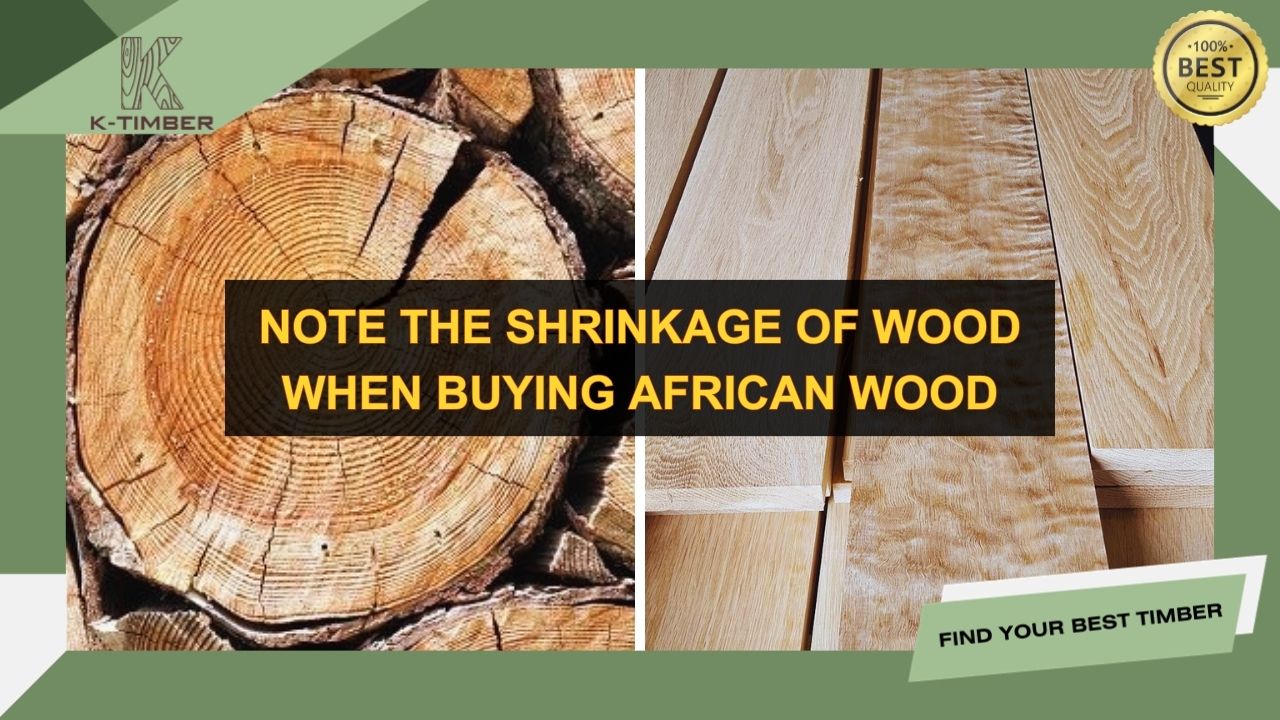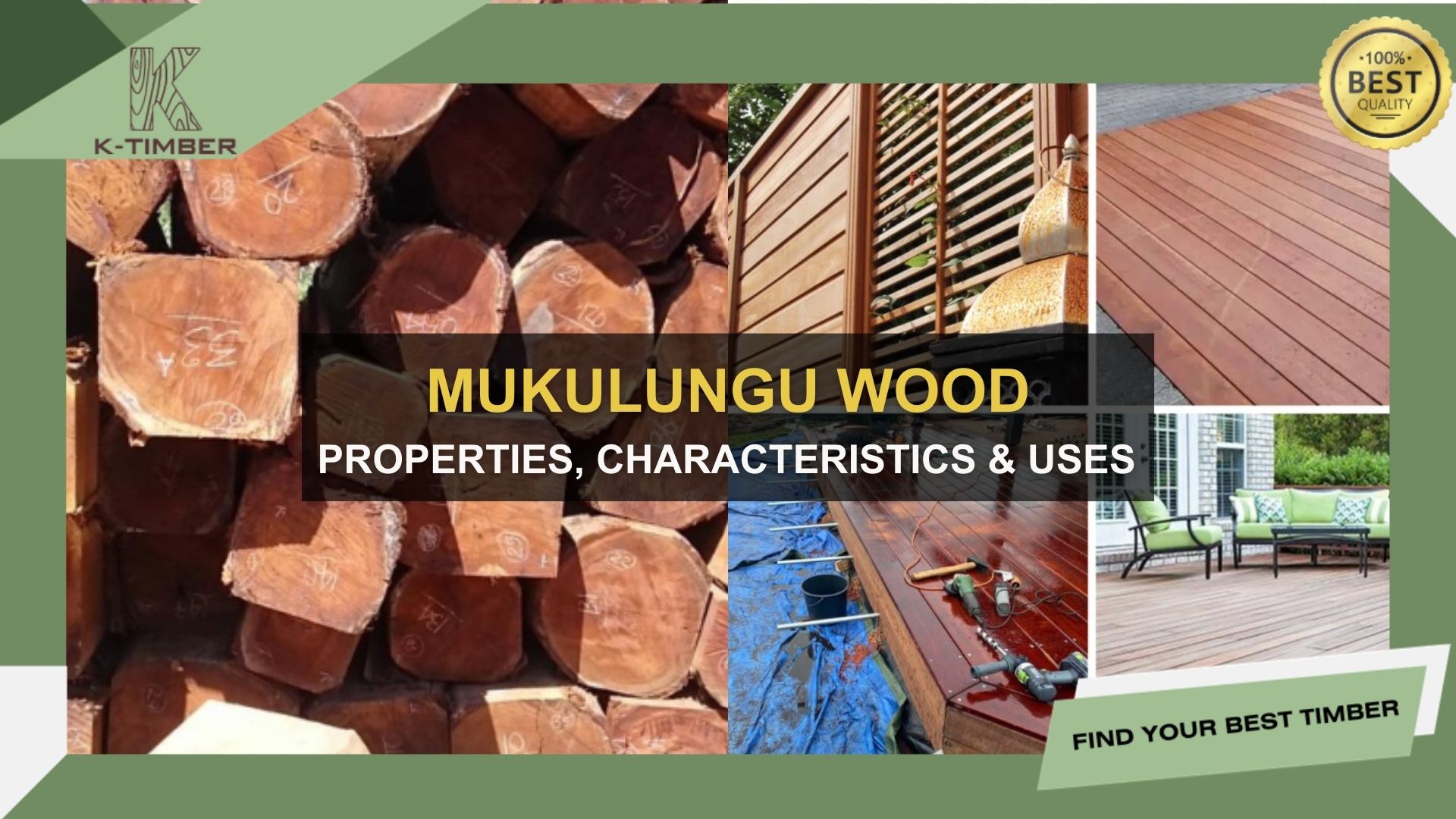Are you searching for the perfect wood for your outdoor project? Both Iroko wood and Teak are top choices, renowned for their durability, beauty, and weather resistance. However, with a myriad of unique features and benefits, which type of wood is the best fit for your needs?
Let’s delve deeper with K-TIMBER into comparing the characteristics, applications, and workability of these two types of wood, helping you make an informed decision for your project.

Table of Contents
Iroko Wood, Also Known as African Teak
Iroko is a type of hardwood from West Africa and is often referred to as African Teak because both share a similar golden brown color. It originates from the tropical forests of West and Central Africa, whereas old-growth Teak originates from Southeast Asia.
Iroko wood and Teak share similar properties, from their hardness and workability to their ability to withstand weather and pests. Iroko trees typically grow up to 150 feet tall and have a diameter of about 7 feet, providing a substantial amount of wood for harvesting.
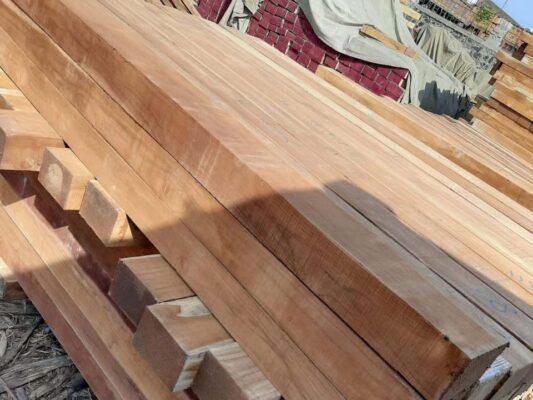
However, in some respects, Iroko is considered superior to Teak due to its larger size, which easily allows for the production of wider and longer planks, making it more user-friendly for woodworking applications. Although Iroko is less flexible than Teak, it is still highly favored for most outdoor projects. Iroko is a heavy, mineral-rich wood that can be abrasive to cutting tools.
Although lighter than Teak, Iroko still shares many properties like hardness, wood grain structure, and even its resistance to rot and water, making it an excellent choice for many exterior and marine applications. To further understand the differences between Iroko wood and Teak, K-TIMBER will provide a detailed comparison of these two woods below.
Comparing Iroko Wood vs Teak
Although both types of wood originate from tropical regions and share common features such as high durability and good resistance to termites and insects, their different origins mean that each type has its own set of advantages and disadvantages that users need to consider.
Characteristics
Iroko wood and Teak wood have different appearances, with medium brown heartwood, lighter colored sapwood, and wavy grain patterns. Iroko is finished with a high gloss that highlights its warm golden brown color. Conversely, Teak has a yellow-brown to dark brown color from the start and changes little over time, even when exposed to sunlight or varying weather conditions.

The grain of Iroko wood is interlocked, creating a ribbon-stripe effect similar to other precious African woods. However, African Teak has a more uniform stripe pattern, similar to Sapele. A major drawback of Iroko is its difficulty in processing due to its interlocked grains, and it tends to twist when cut into strips.
When comparing Iroko wood vs Teak, the clearest difference to note is that Teak has a higher aesthetic value and durability due to its natural oil content and ability to withstand harsh weather conditions. However, Iroko offers a cost-effective alternative that still maintains good durability and resistance, although it may not match Teak in terms of long-term durability and ease of maintenance.
Workability
The workability of Iroko wood vs Teak is one of the crucial factors when choosing the right type of wood for woodworking projects, especially for interior and exterior applications.
Iroko is a hardwood that is highly durable and stable, but it can be somewhat difficult to work with due to its hardness and sometimes uneven nature. When sawing or drilling Iroko, tools can wear out quickly due to the high silica content in the wood. Therefore, it requires high-quality saw blades or drill bits and frequent maintenance. However, Iroko can be effectively processed using machinery and traditional woodworking methods, although polishing and finishing may need careful attention to avoid issues with uneven surfaces.

Considered one of the easiest types of wood to work with, Teak is softer than Iroko, despite still being a hardwood. The high natural oil content in Teak not only helps protect the wood from external elements but also makes the processing easier. Teak can be easily cut, drilled, and polished, providing a smooth and even finished surface that enhances the aesthetic appeal of the final product.
Applications
Iroko is a tree that is thick, wide, and long, making it very suitable for large planks or use as tabletops. On average, the tree reaches about 100-130 feet in height with a trunk diameter of 5 feet. With its relatively large size and the ability to produce many different dimensions from the same tree, long and wide planks are commonly used in carpentry workshops or boat building. Smaller planks are utilized in the production of flooring, indoor paneling, cabinets, T&G ceilings, and many other exterior applications.
Similar to Teak, Iroko also has the ability to resist water and harsh weather conditions, making it an excellent choice for yacht decking. Or even large wooden planks can be used to create various aspects of a house such as floors, doors, windows, or cabinets.
Read more: Padauk Wood vs Teak Wood: What’s the Difference?
Buy Quality, Affordable Iroko Wood at K-TIMBER
Are you looking for a reputable supplier of Iroko wood, offering quality at a reasonable price? K-TIMBER is the perfect choice for you. With over 20 years of experience in the timber export industry and successful exports to over 30 countries worldwide, we have established ourselves as a leading provider of quality Iroko wood.
Should you buy Iroko wood at K-TIMBER?
- Top-Quality Wood: K-TIMBER is committed to providing Iroko wood, and other African hardwoods, to the FAS (First and Seconds) grade standard, ensuring up to a 90% yield of high-quality, defect-free wood—free from warping, cracking, heartwood issues, sapwood, and pests, thus guaranteeing a durable and high-quality wood supply for our customers.
- Sustainable Origin: Building a close relationship with the Angolan government, K-TIMBER guarantees a supply of quality wood, sustainably sourced from tropical forests and fully certified by the FSC (Forest Stewardship Council).
- Competitive Pricing: Along with quality, K-TIMBER is confident in offering our customers Iroko wood at prices 20% lower than the market rate. We supply up to 20,000 cubic meters of wood each month.
- Customer Service: The quality of our customer service is also a key factor in the success of K-TIMBER. Our team is always ready to assist and answer any questions from customers 24/7, despite the different time zones in each country.

If you are looking for a reliable and competitively priced source of Iroko and other African woods, contact K-TIMBER today.
- VIETNAM (K-TIMBER): 169 Nguyen Ngoc Vu Street, Cau Giay District, Hanoi.
- ANGOLA (HATC WOOD AFRICAN): Av. Pedro de Castro Van-Dúnem Loy, Luanda, Angola.
- Phone: (+84) 85 555 5304
- Email: [email protected]


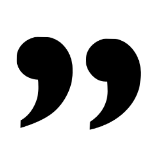

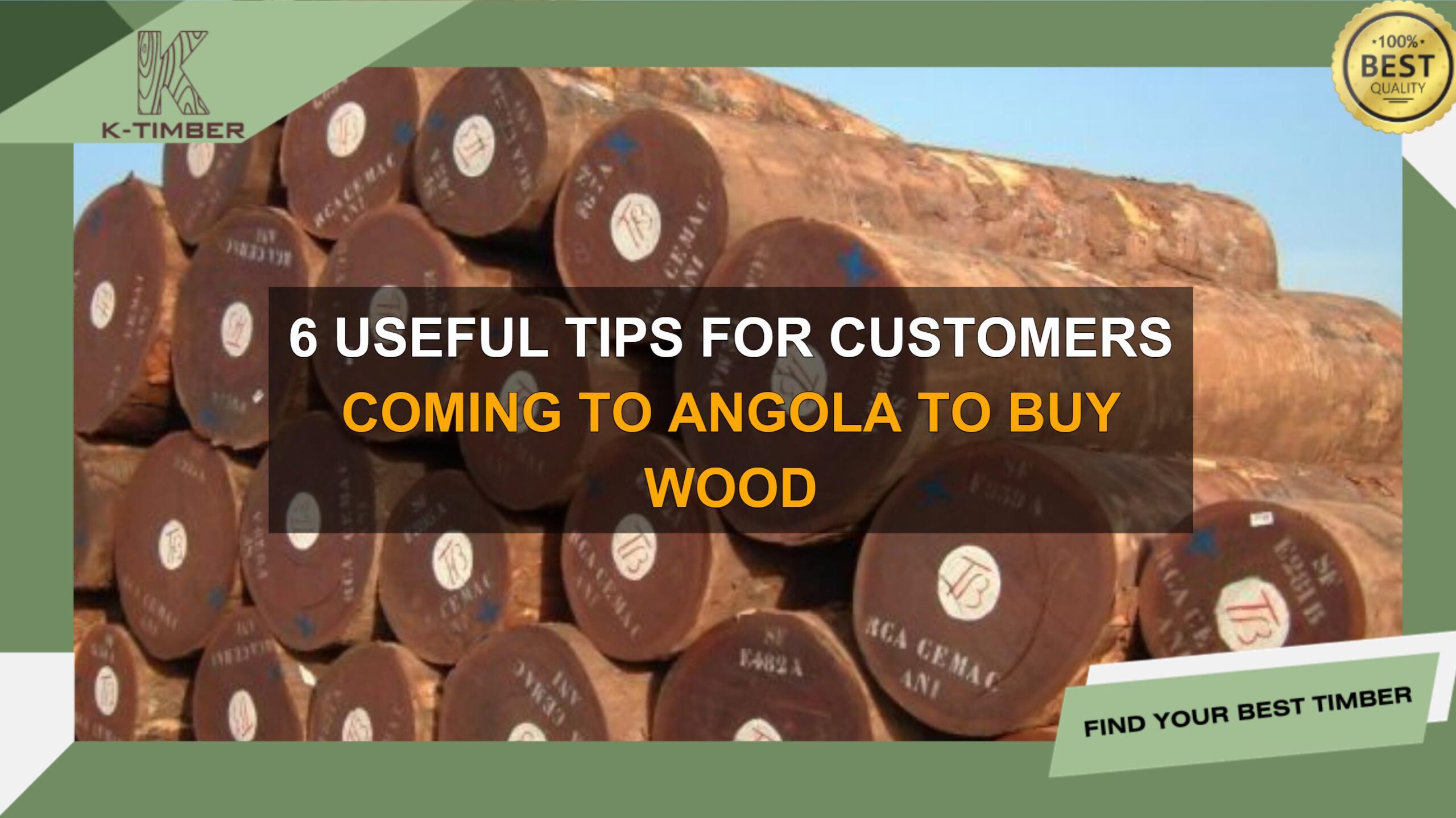
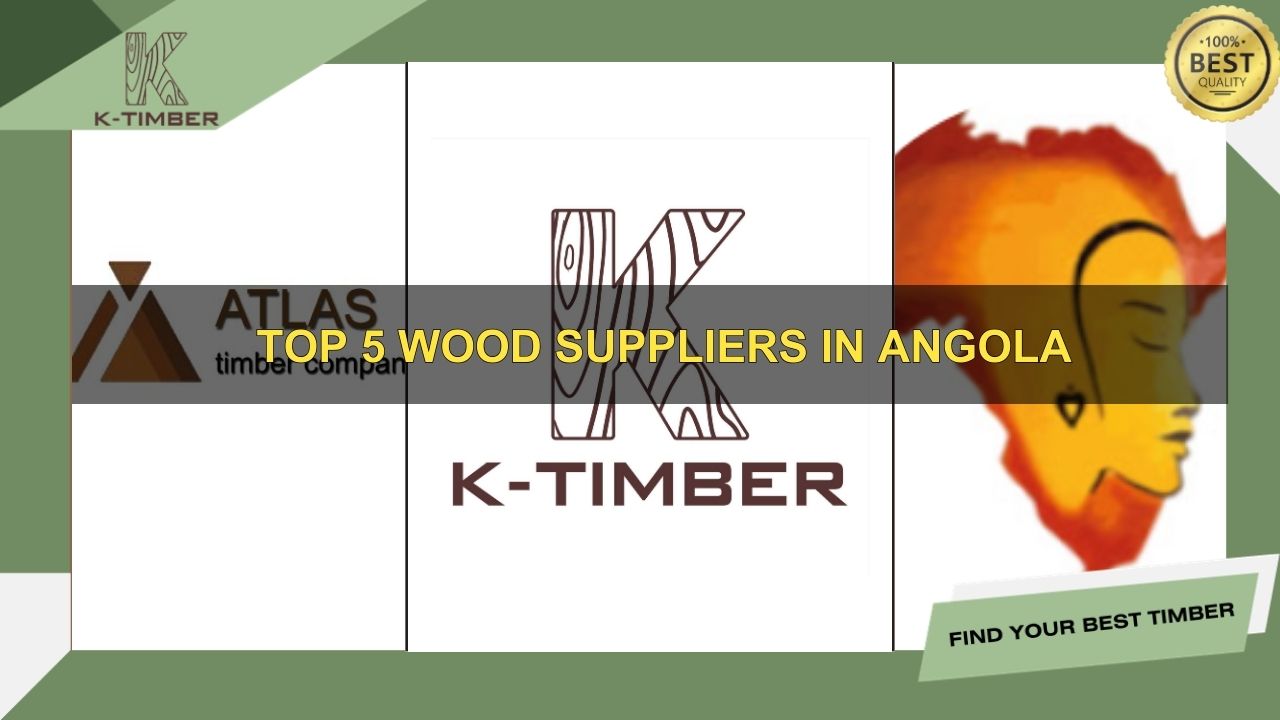
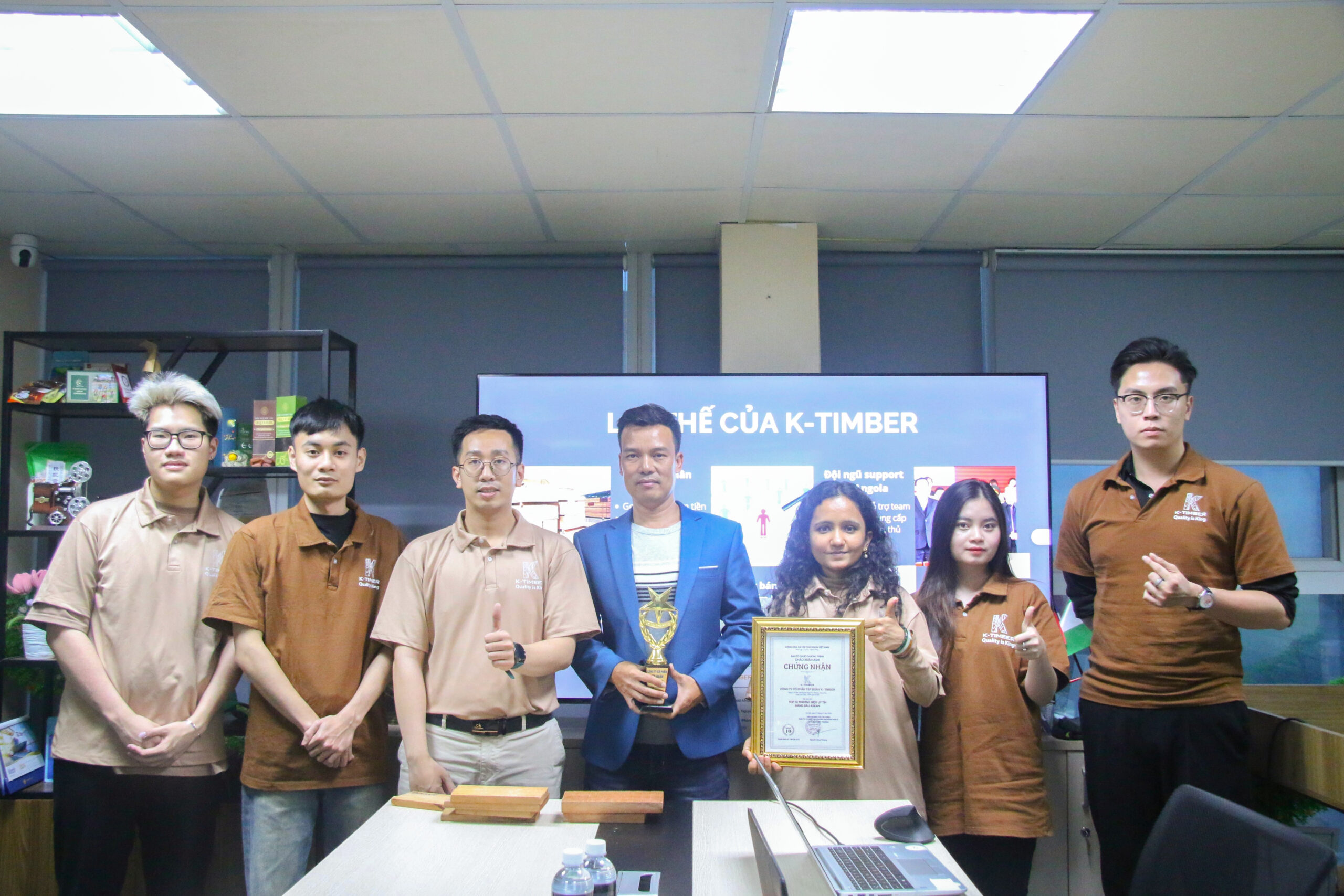
![[K-Timber] Blog Post Boder](https://k-timbers.com/wp-content/uploads/2024/07/K-Timber-Blog-Post-Boder-2.png)
